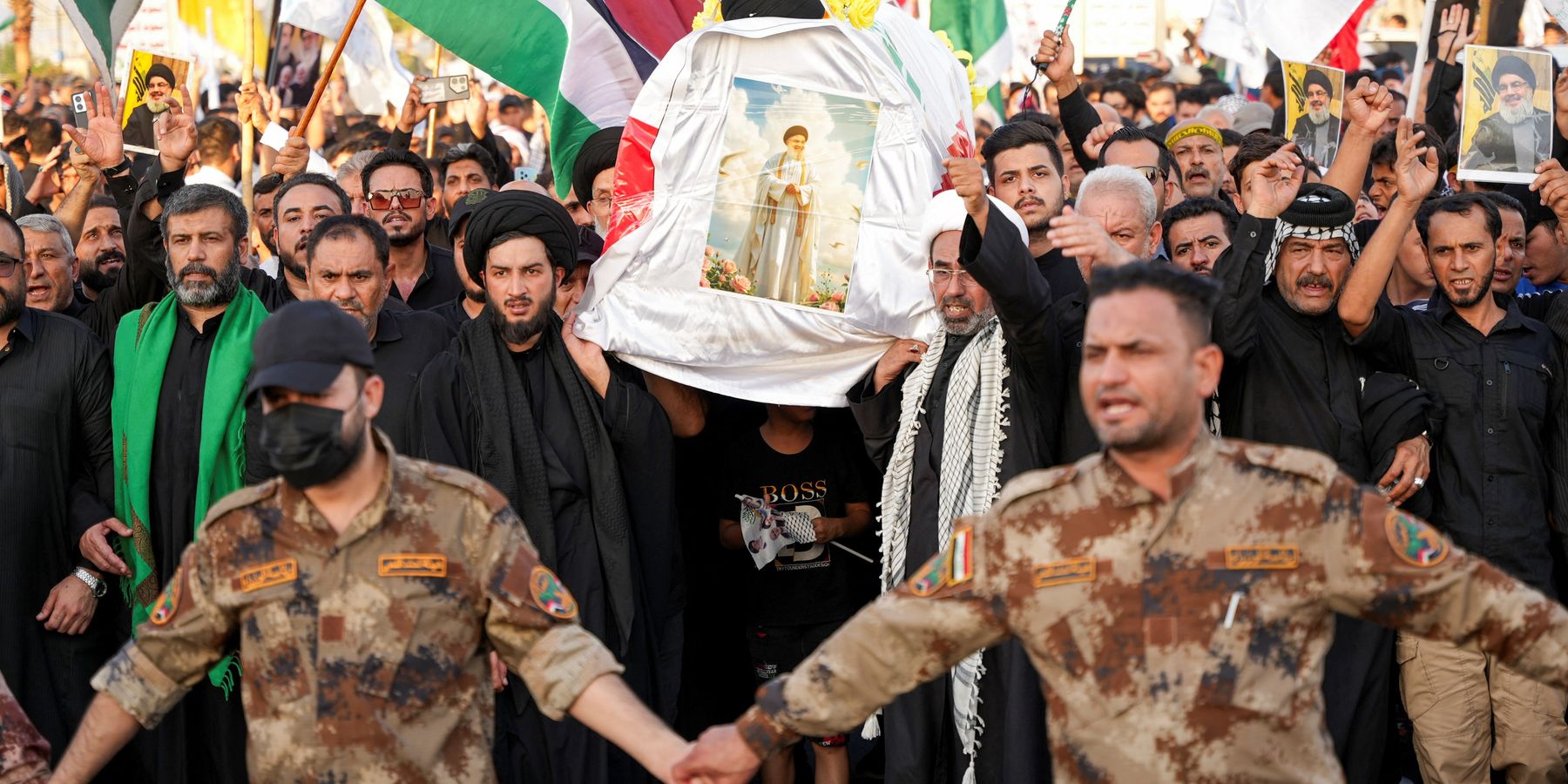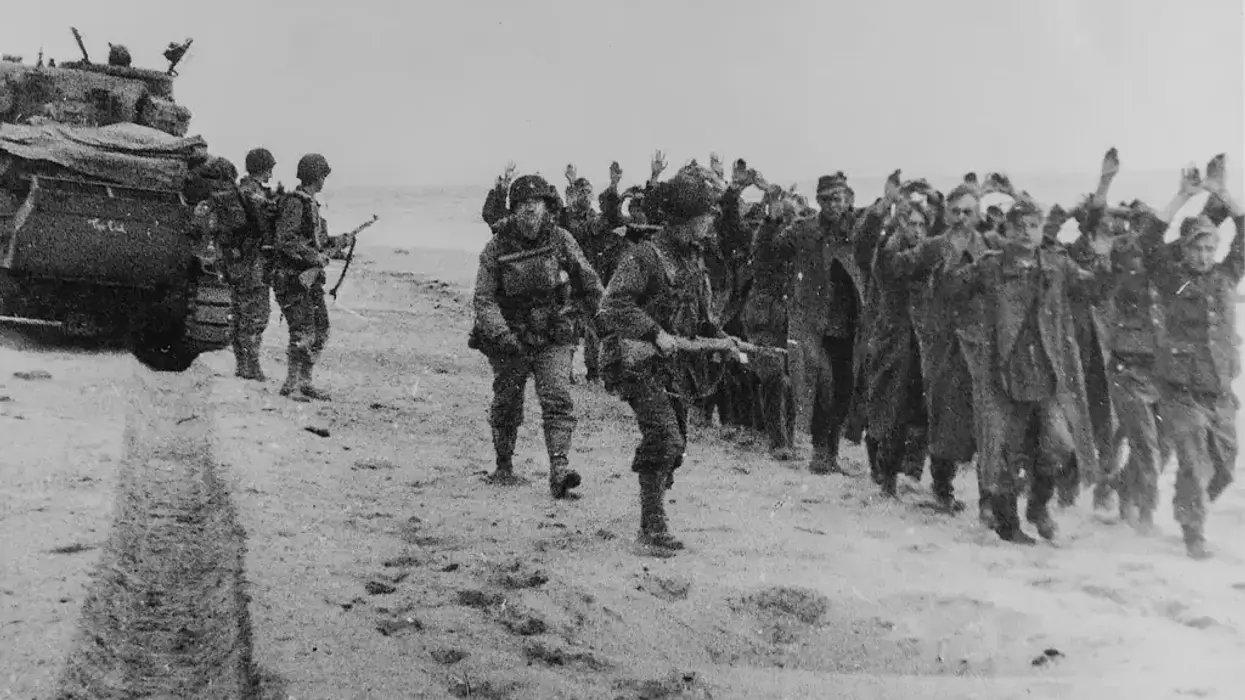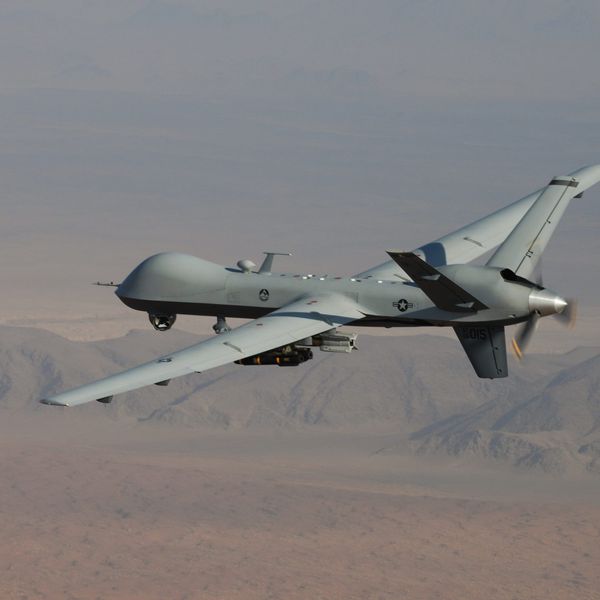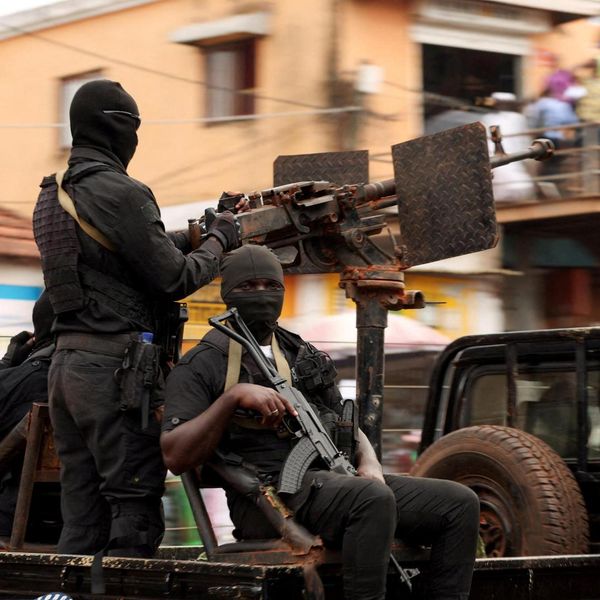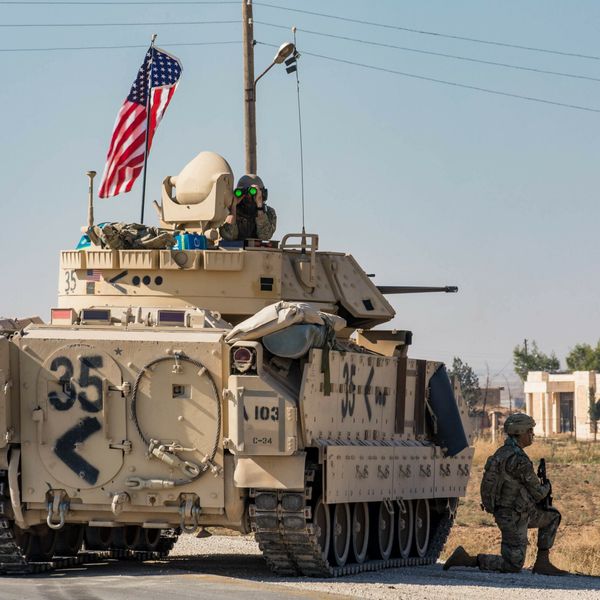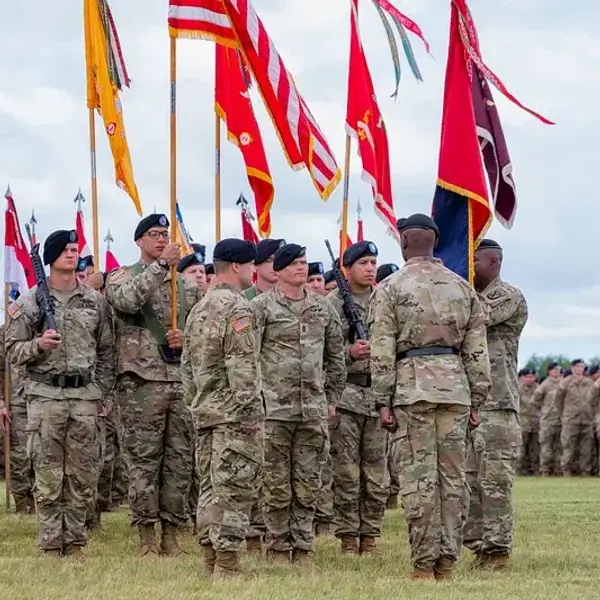The most immediate and visible consequences of Israel’s rapidly escalated assault in Lebanon are being felt in Lebanon itself.
As with Israel’s year-long devastation of the Gaza Strip, Israeli military operations are claiming many civilian lives. According to the Lebanese health ministry, more than 1,000 people, including at least 87 children, have been killed by those operations during the past two weeks. More than 90,000 people have been displaced from their homes.
The death toll sharply increased Friday with the Israeli attacks south of Beirut that killed Hezbollah secretary-general Hassan Nasrallah. Those attacks, on a densely populated neighborhood, flattened several residential buildings.
Israeli prime minister Benjamin Netanyahu says Israel’s fight is with Hezbollah, not Lebanon, but Lebanon is suffering from the fight. Even before the recent attacks, Lebanon was in a deep economic crisis. Its accompanying political crisis will not be made any better by attempting to disembowel an organization that is one of the Lebanon’s major political parties, which has ministers in government and lawmakers in the parliament, and has been a member of coalitions including Christians and others.
The Israeli assault, including the killing of Nasrallah, will not eliminate the ability, and certainly not the willingness, of elements within Lebanon to respond forcefully to Israel’s actions. Israel’s operations — like those against Hamas — are based on the false rationale that threats of violence against Israel originate with the malign nature of certain groups, and that the only appropriate response is thus to kill as many members, and preferably leaders, of those groups as it can.
The principal driver of anti-Israeli violence is anger over Israel’s own actions. This does not depend on the nature or even the existence of any specific group. As the long history of Israel’s conflict with the Palestinians illustrates, if any one resistance group is beaten down or fades into irrelevance, the anger and desire to strike back will find other channels.
It should be recalled that Hezbollah’s establishment and rapid rise in strength in the early 1980s owed much to widespread anger over an earlier Israeli attack on Lebanon — a full-scale invasion in 1982 that, among other ugliness, featured the massacre at the Sabra and Shatila refugee camps. Hezbollah won much popular support by presenting itself as the chief defender of the Lebanese against Israeli depredations.
Israel has a history of decapitating Hezbollah, and the approach has not gone well for Israel. In 1992, it used an attack by helicopter gunships to kill the secretary-general of Hezbollah at the time, Abbas al-Musawi. The most significant effect in Lebanon was to open the position for Nasrallah, who proved to be a more effective leader of the group than Musawi was.
Additional history relevant to the kind of violence likely to grow out of the current fighting includes two lethal bombings in Buenos Aires, each of which probably was a reprisal for Israeli attacks on Lebanese Shia interests back in the Middle East. In March 1992, a truck bomb with a suicide driver exploded at the front of the Israeli embassy, killing 29 and wounding 242. A claim of responsibility by the Islamic Jihad Organization — widely perceived to be a cover name for Hezbollah — stated that the attack was reprisal for the killing of Musawi the previous month.
In May 1994, Israeli commandoes kidnapped Lebanese Shia guerrilla leader Mustafa Dirani, while at the same time raiding a Hezbollah camp in southern Lebanon. Two months later, a suicide truck bombing of a Jewish community center in Buenos Aires killed 85 and injured over 300. As an official Israel report later acknowledged, the attack may have been payback for the Israeli operations in Lebanon.
The recent Israeli attacks in Lebanon — especially the killing of Nasrallah — give Hezbollah at least as much motivation as it had in the 1990s to retaliate. Regardless of how much Israeli strikes may have weakened Hezbollah’s ability to fight a conventional war in the Levant, its capacity for irregular operations elsewhere is probably undiminished. The chance of terrorist reprisals against Israeli-related soft targets during the next few months is high.
If such an attack occurs, the reaction of outside observers, especially in the United States, probably will include something along the lines of, “Hezbollah is a terrorist group, and that’s what terrorist groups do.” Such a response will perpetuate the mistake of viewing terrorism as a fixed group of bad guys rather than as a tactic that different groups and nations have used for different purposes. That mistake impedes understanding of the nature of the conflict between Israel and Hezbollah and its underlying causes.
Israel has long used terrorist tactics in this conflict, including car bombings and other clandestine assassinations. It added to that record with its recent use of explosive-rigged pagers. The impossibility of controlling who would become victims when thousands of the devices were detonated remotely, along with the clandestine nature of the operation, fully qualified it as a terrorist attack. That the principal intended targets were members of Hezbollah does not remove that qualification, partly because being a member of Hezbollah—a multifaceted political as well as paramilitary organization—is not the same as being a combatant involved in fighting Israel.
Even insofar as true combatants were involved, a useful comparison is with the deadliest attack by Hezbollah against U.S. interests: the suicide truck bombing of the Marine barracks in Beirut in October 1983, in which 241 U.S. military personnel died. The vast majority of Americans would consider that incident to be terrorism, despite the reservations of sticklers who say that because the victims were military personnel on an overseas deployment, the event should instead be considered warfare. If the bombing of the Marine barracks is terrorism, then Israel’s pager operation certainly is too, given that the targets were not even on a foreign military mission but were mostly in their own homes, businesses, or neighborhoods when the devices exploded.
Even more fundamental than niceties about how to define terrorism is the broader pattern of political violence that causes innocent persons to suffer. Regardless of whether the violence is inflicted by F-16s or by truck bombs, the suffering is just as bad and the relevant moral issues basically the same. If Israel uses one method of inflicting such violence — and it has inflicted far more of it than its adversaries have inflicted on it — while Hezbollah uses a different method, that difference reflects the available capabilities of each side rather than any morally or politically relevant distinction.
U.S. policymakers should reflect on all this, especially the prospect of terrorist reprisals, as they shape their responses to the escalated warfare in Lebanon. They also should reflect on the hazards of the United States again becoming a target of terrorism itself. Hezbollah will be seeking to retaliate against Israel, but with the United States already having become more of a potential target because of its association with the Israeli destruction of Gaza, that hazard will increase to the extent it allows itself to become associated as well with the Israeli offensive in Lebanon.
The attack that killed Nasrallah was one more in a long series of Israeli actions taken without even informing the United States, let alone taking into account any U.S. views. But the continued unconditional support that the United States nonetheless gives to Israel, especially including munitions that Israel uses in its lethal attacks, makes the United States also responsible, in the eyes of the world, for the resulting casualties and suffering.- Biden’s mixed messages to Israel are coming home to roost ›
- Nasrallah is dead, spelling end to regional resistance to Israel ›
- Iran more vulnerable than ever to Israel attack | Responsible Statecraft ›
- Is Biden too weak or unwilling to stop a 'Sarajevo moment'? | Responsible Statecraft ›
- Opposition parties so far not throwing Hezbollah under the bus | Responsible Statecraft ›
- 41yrs ago: 220 Marines involved in Israel's war on Lebanon killed | Responsible Statecraft ›

